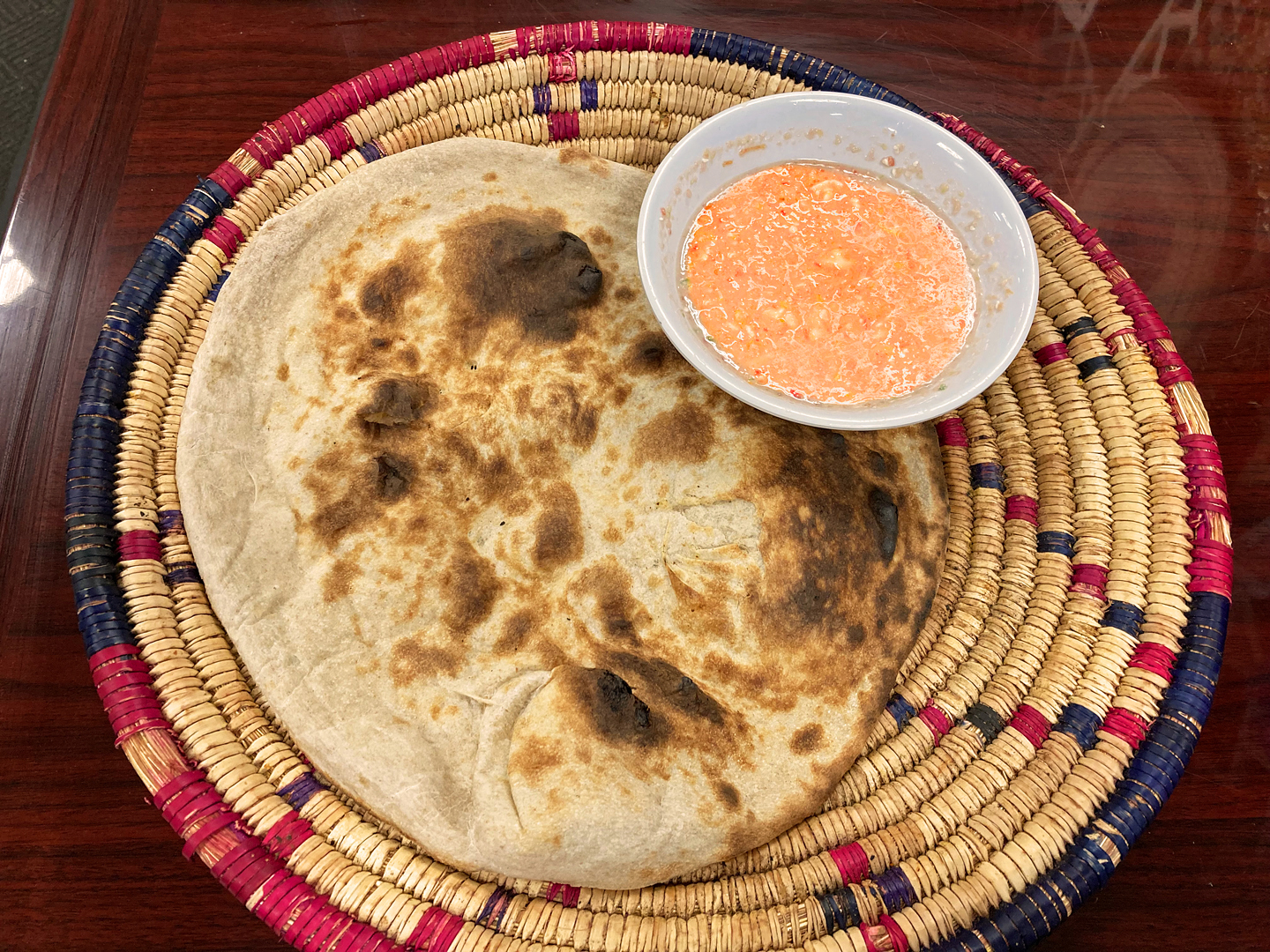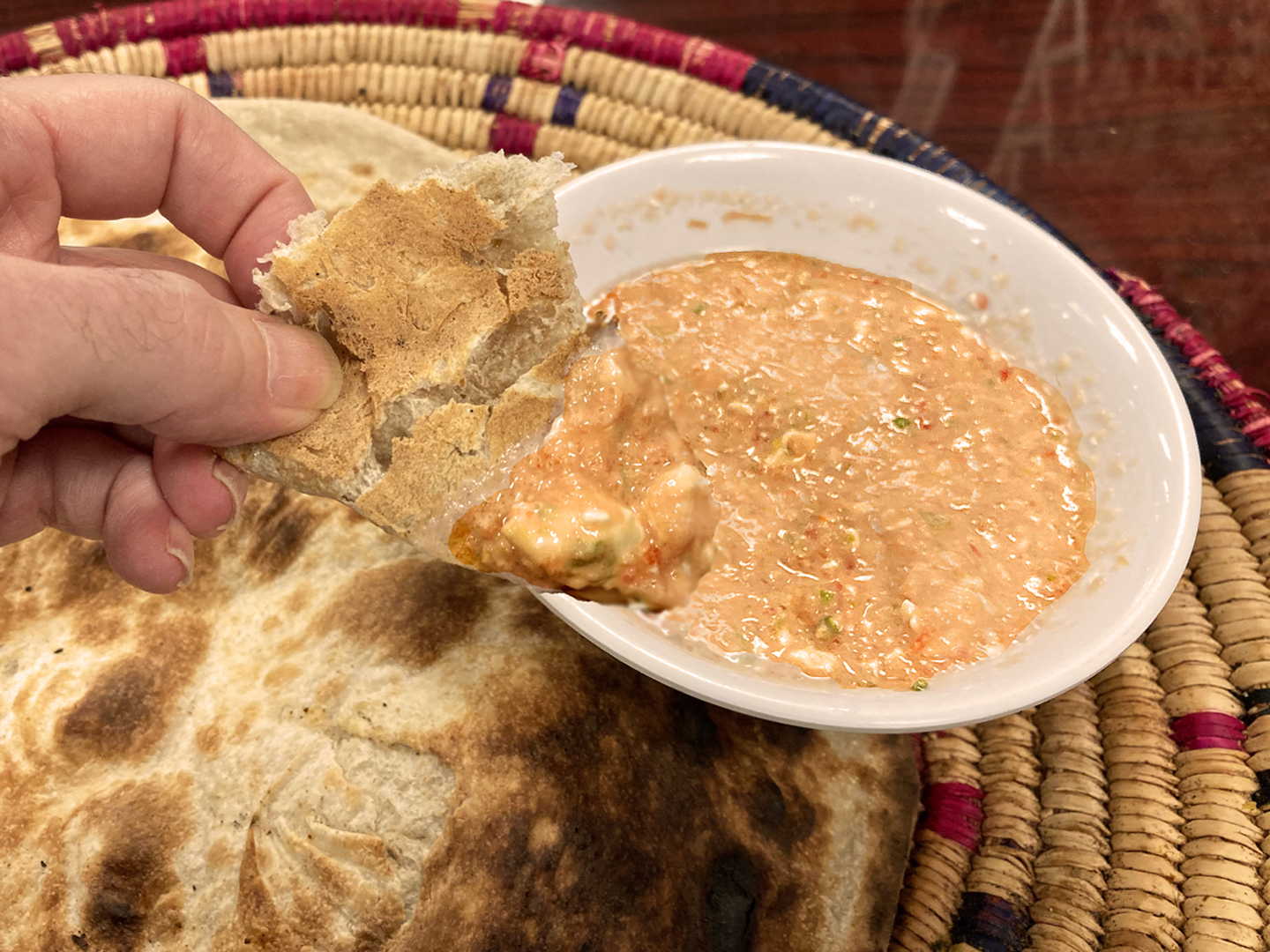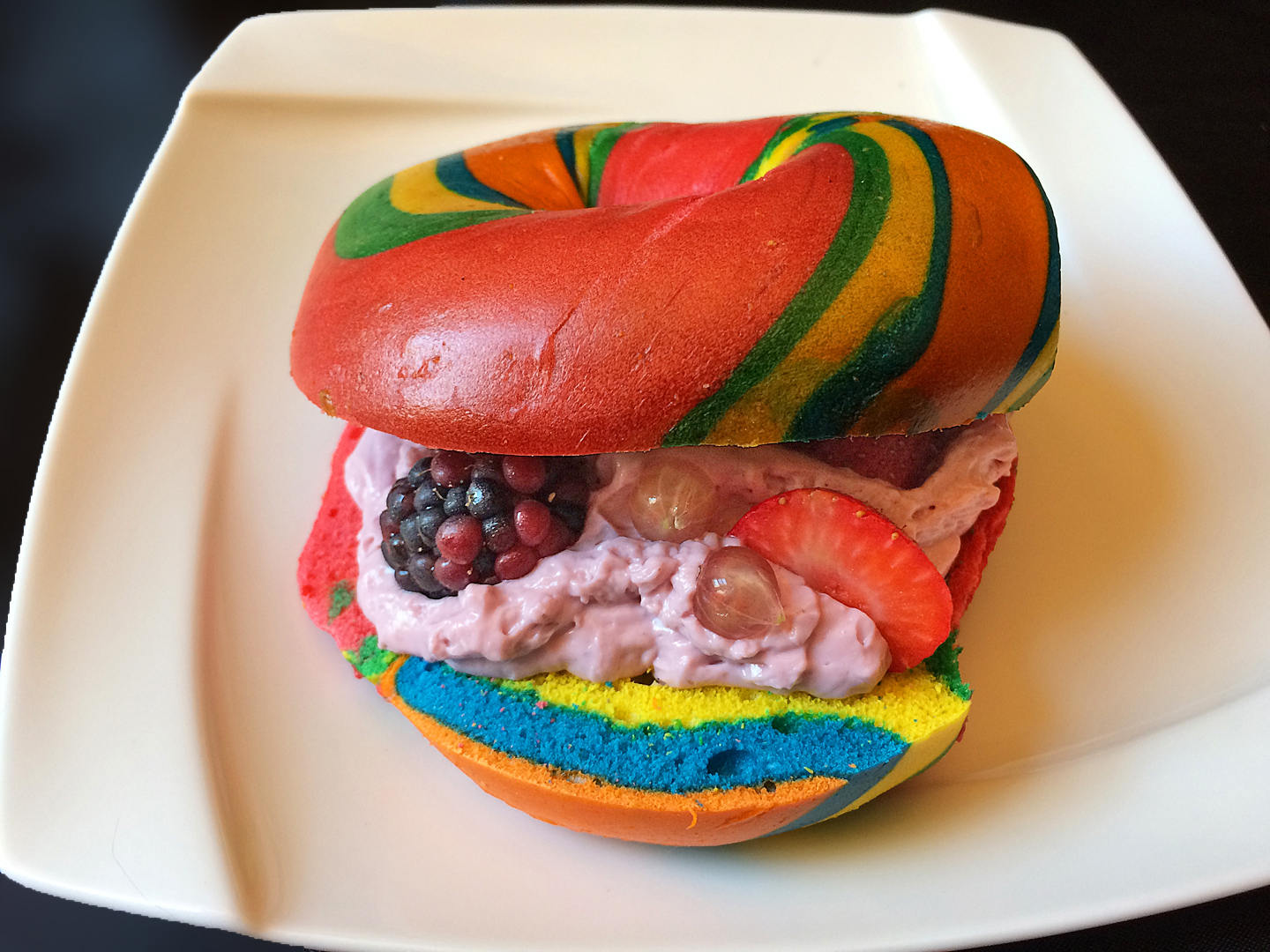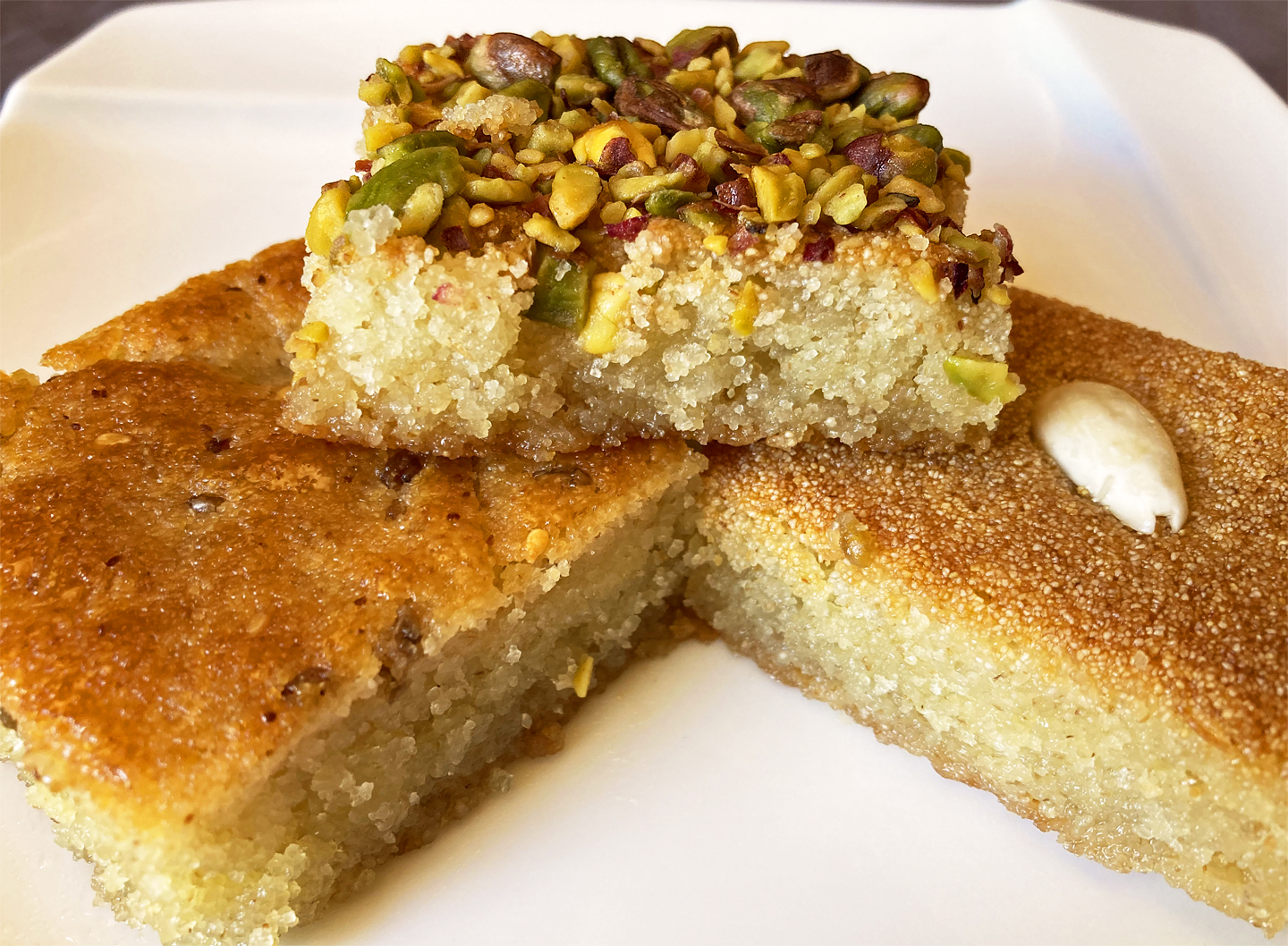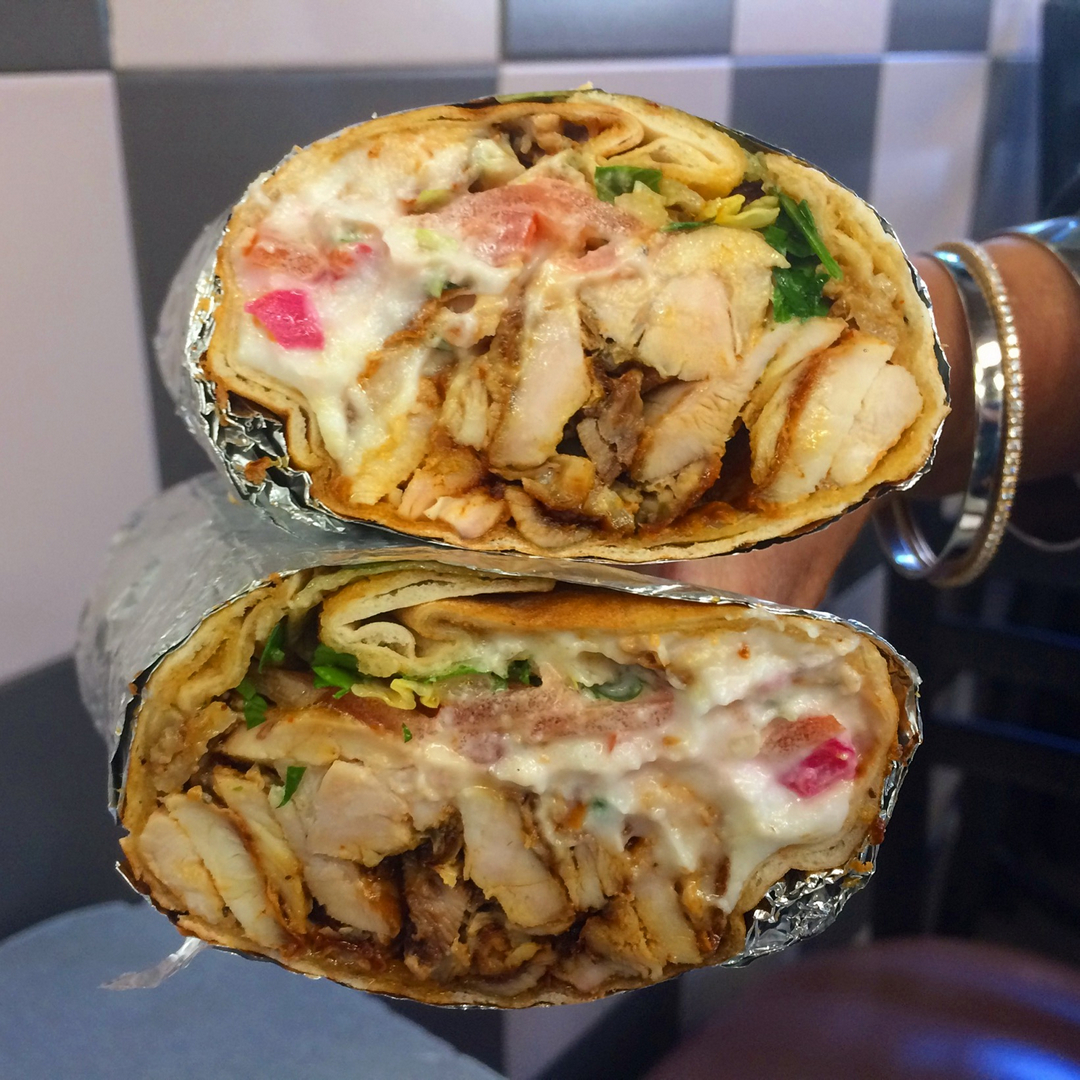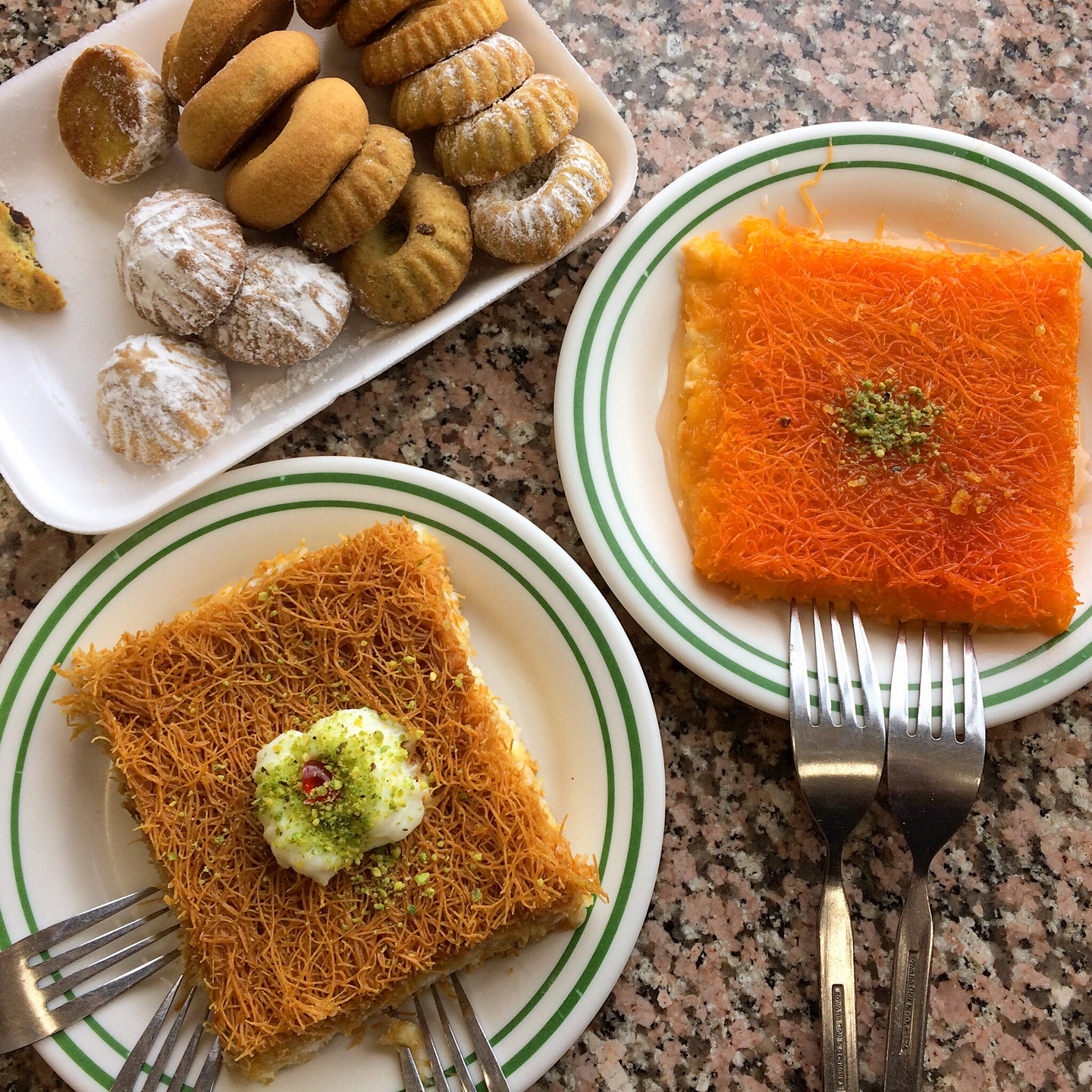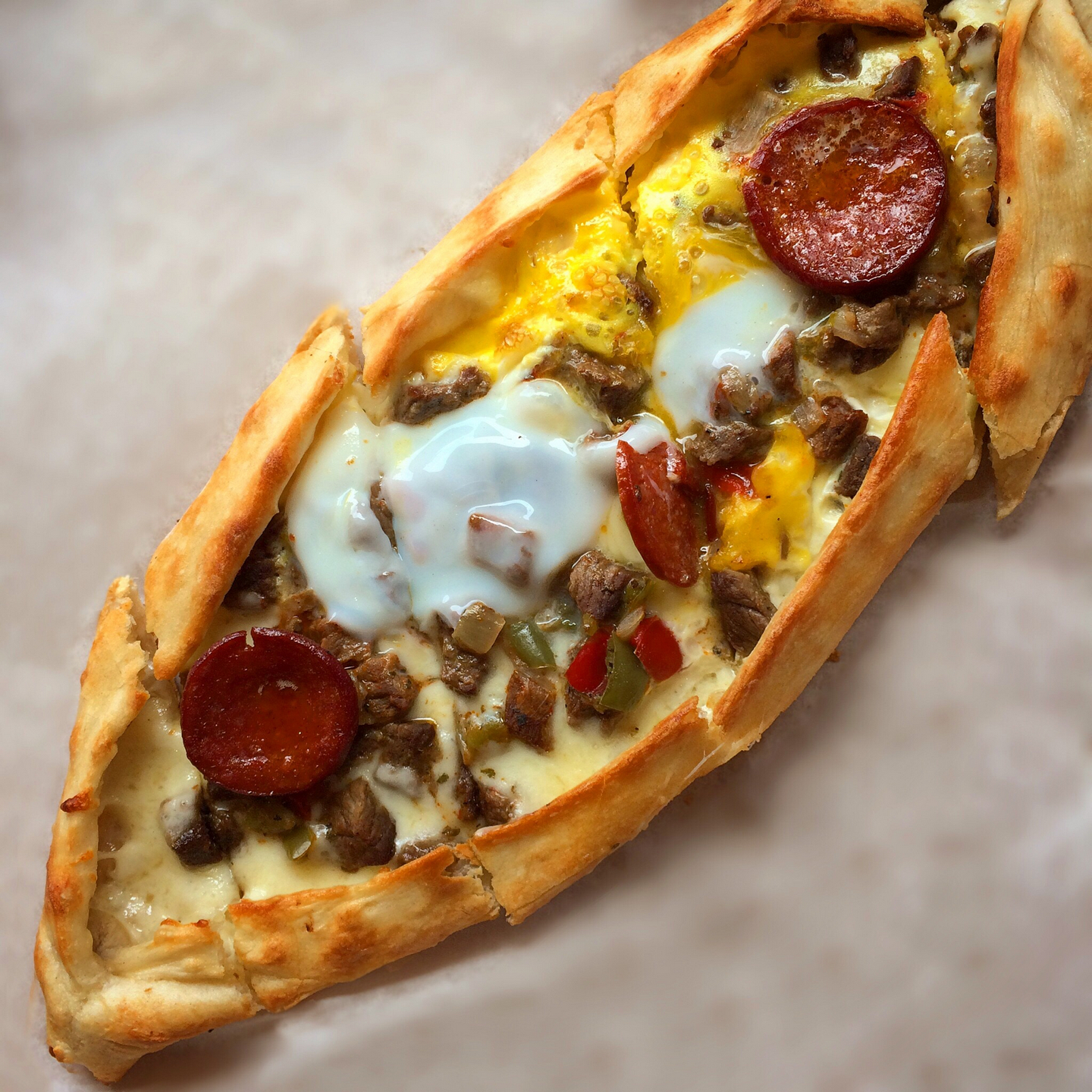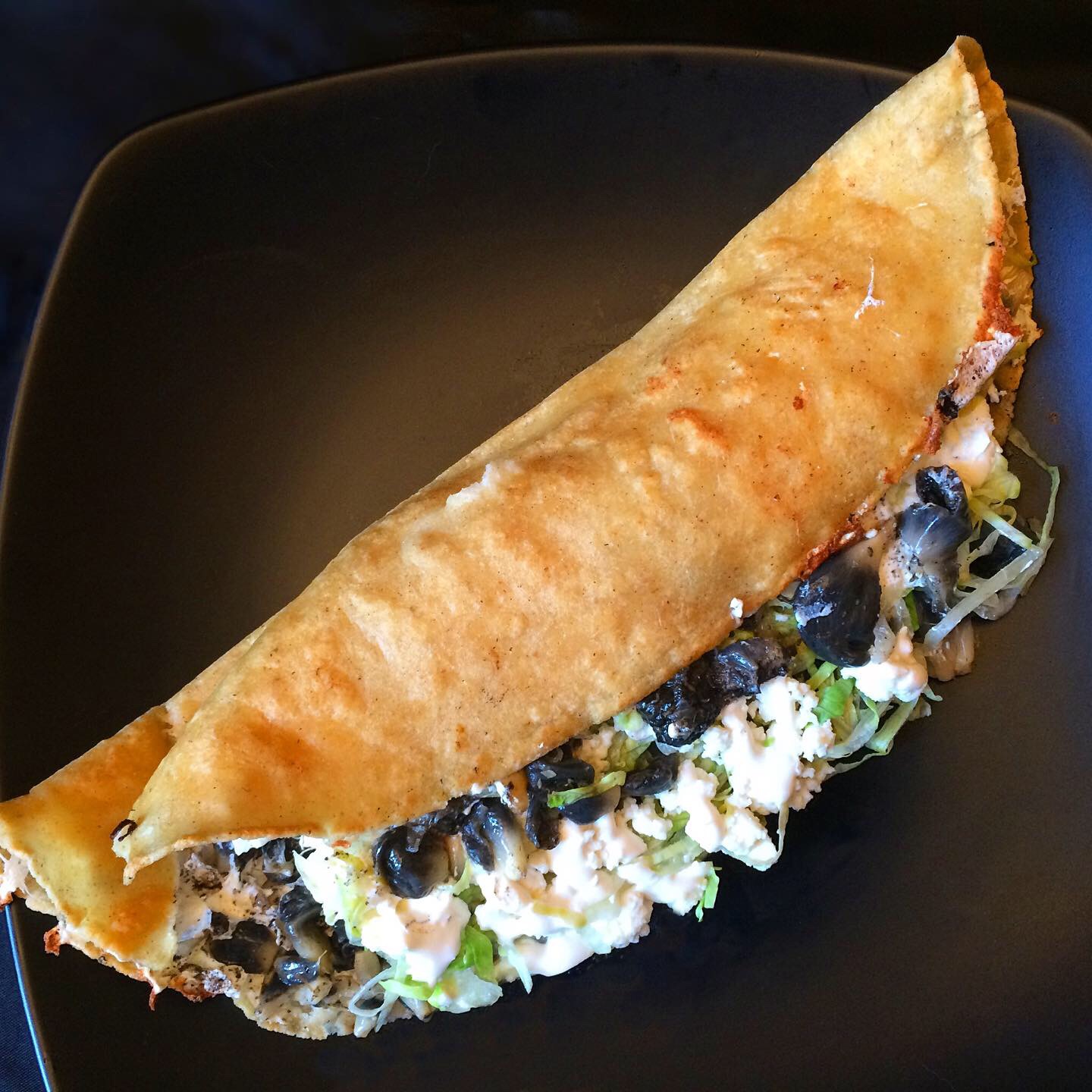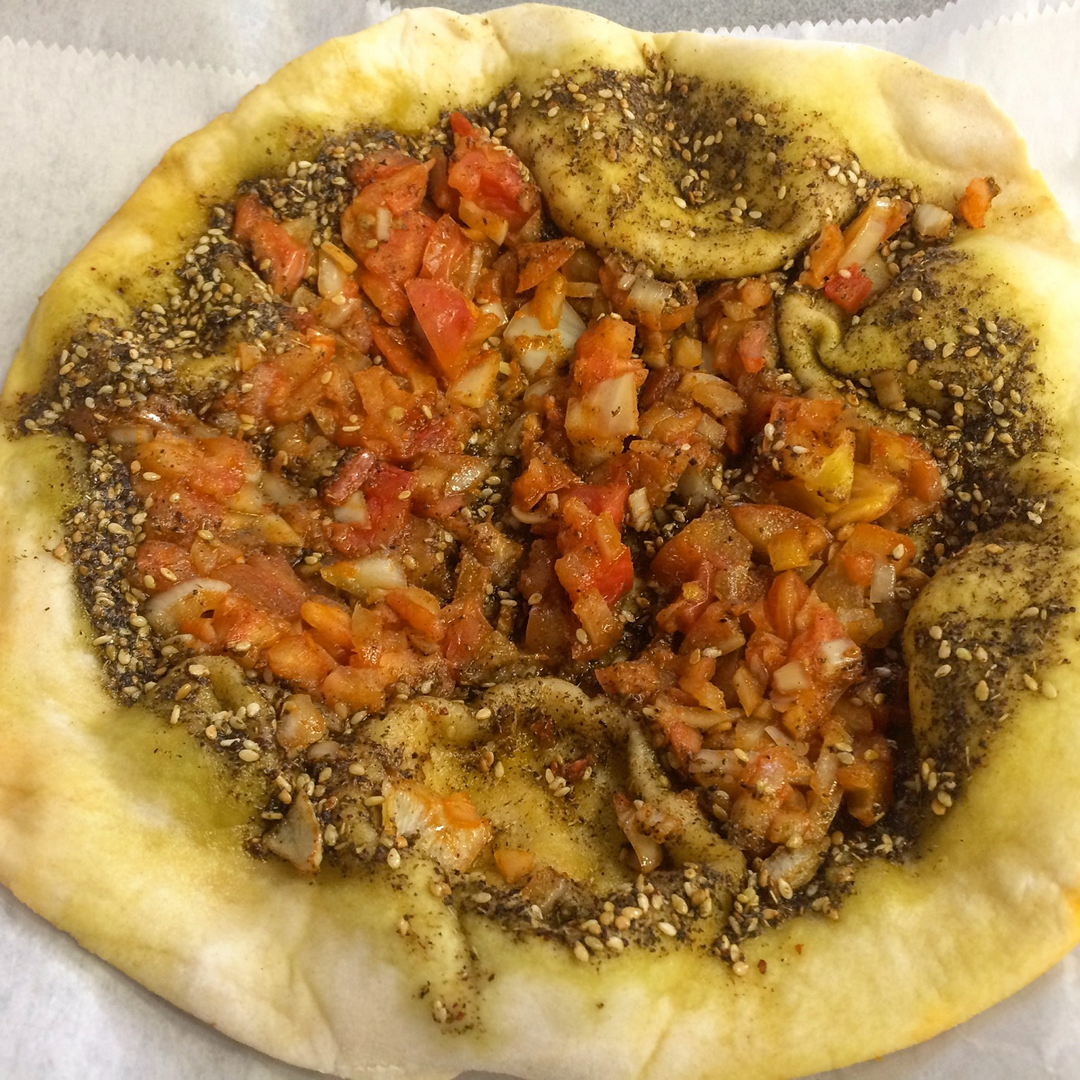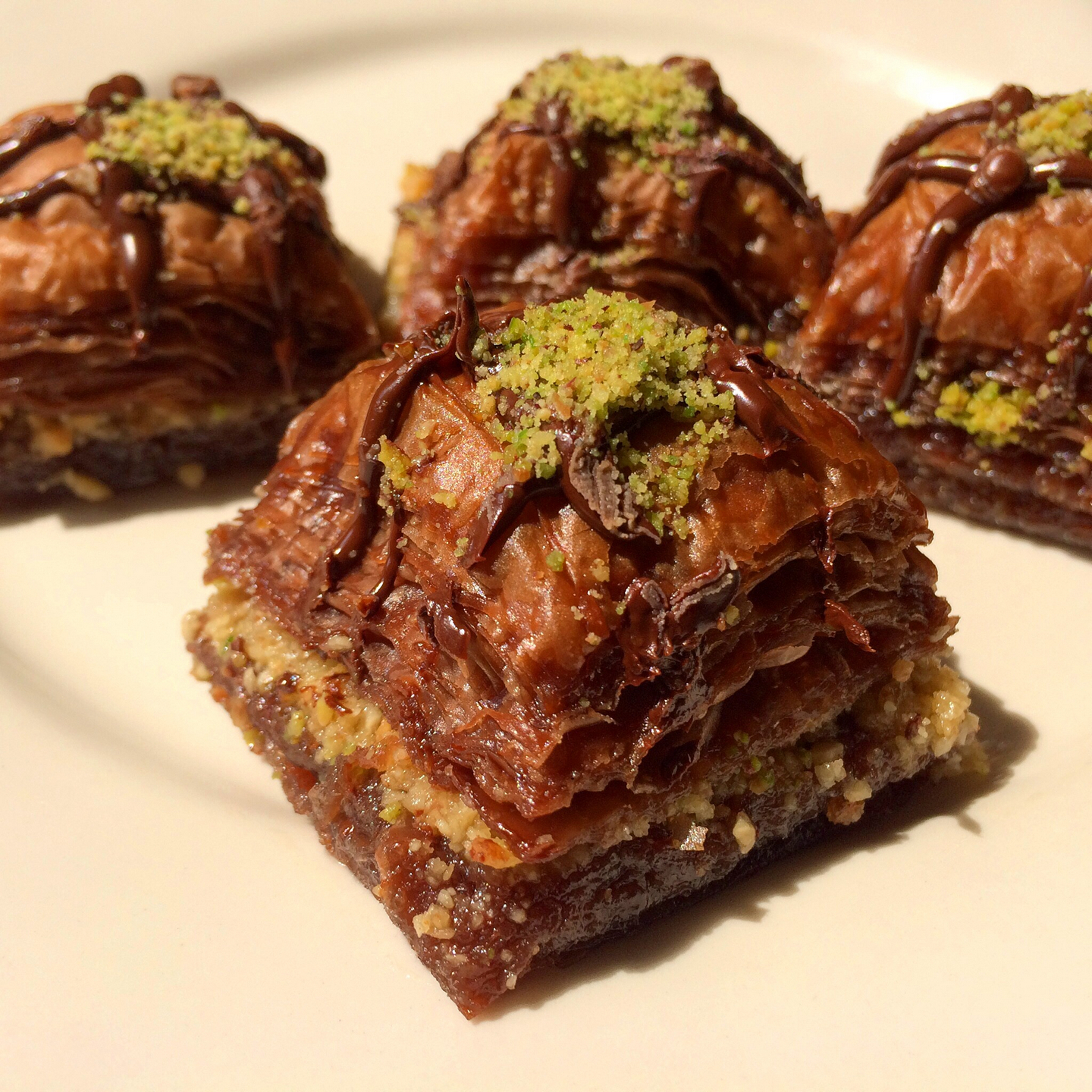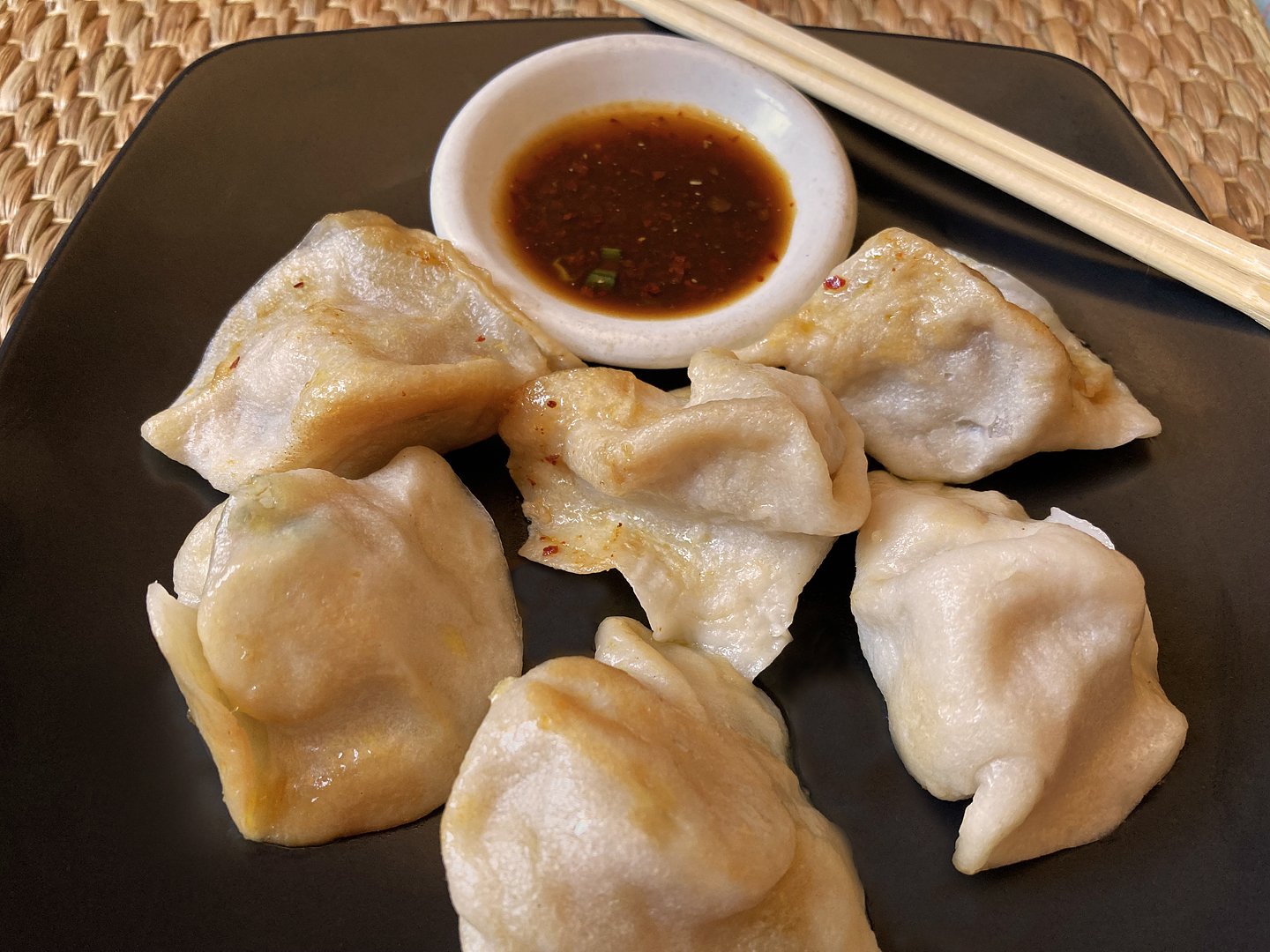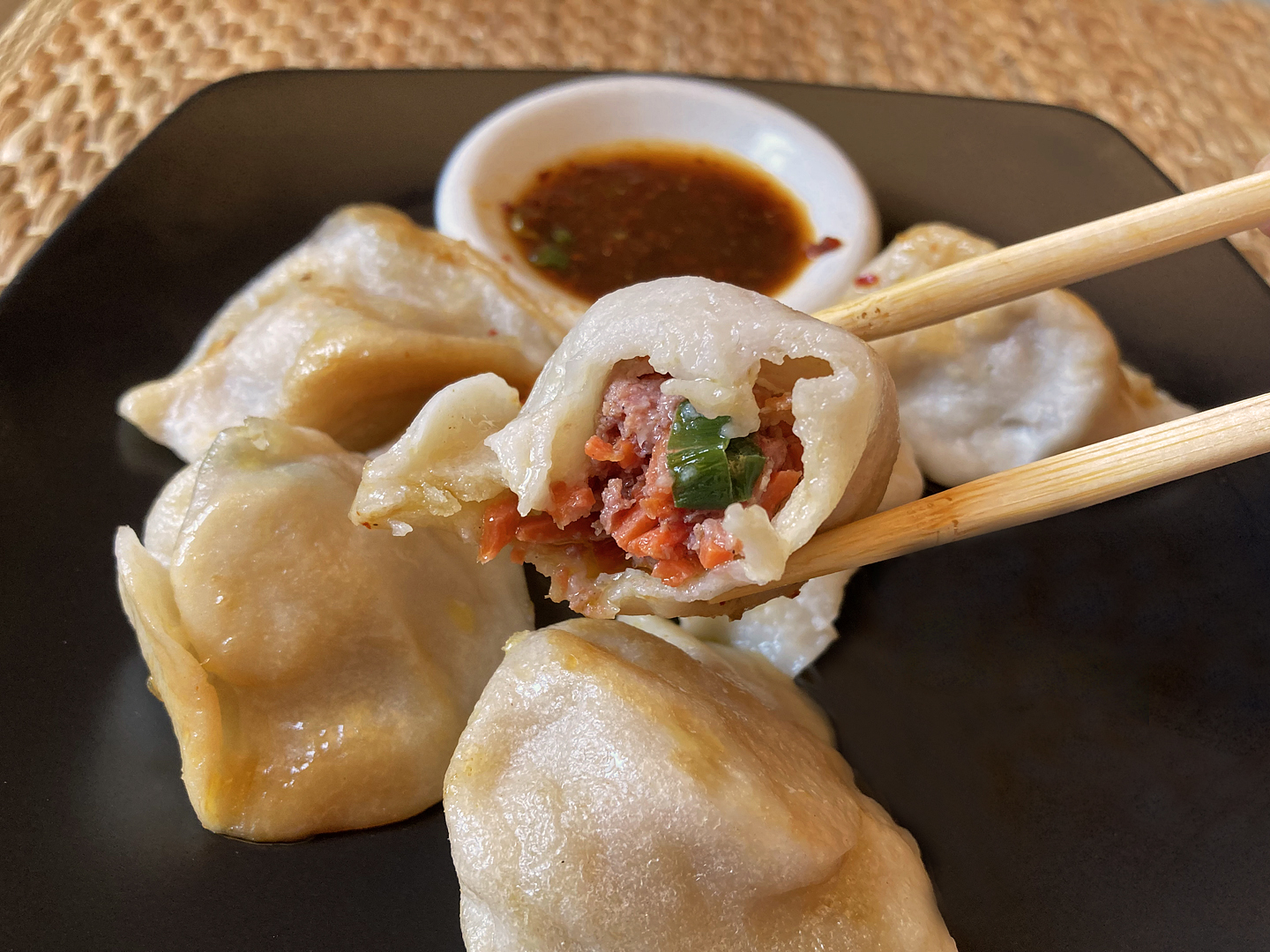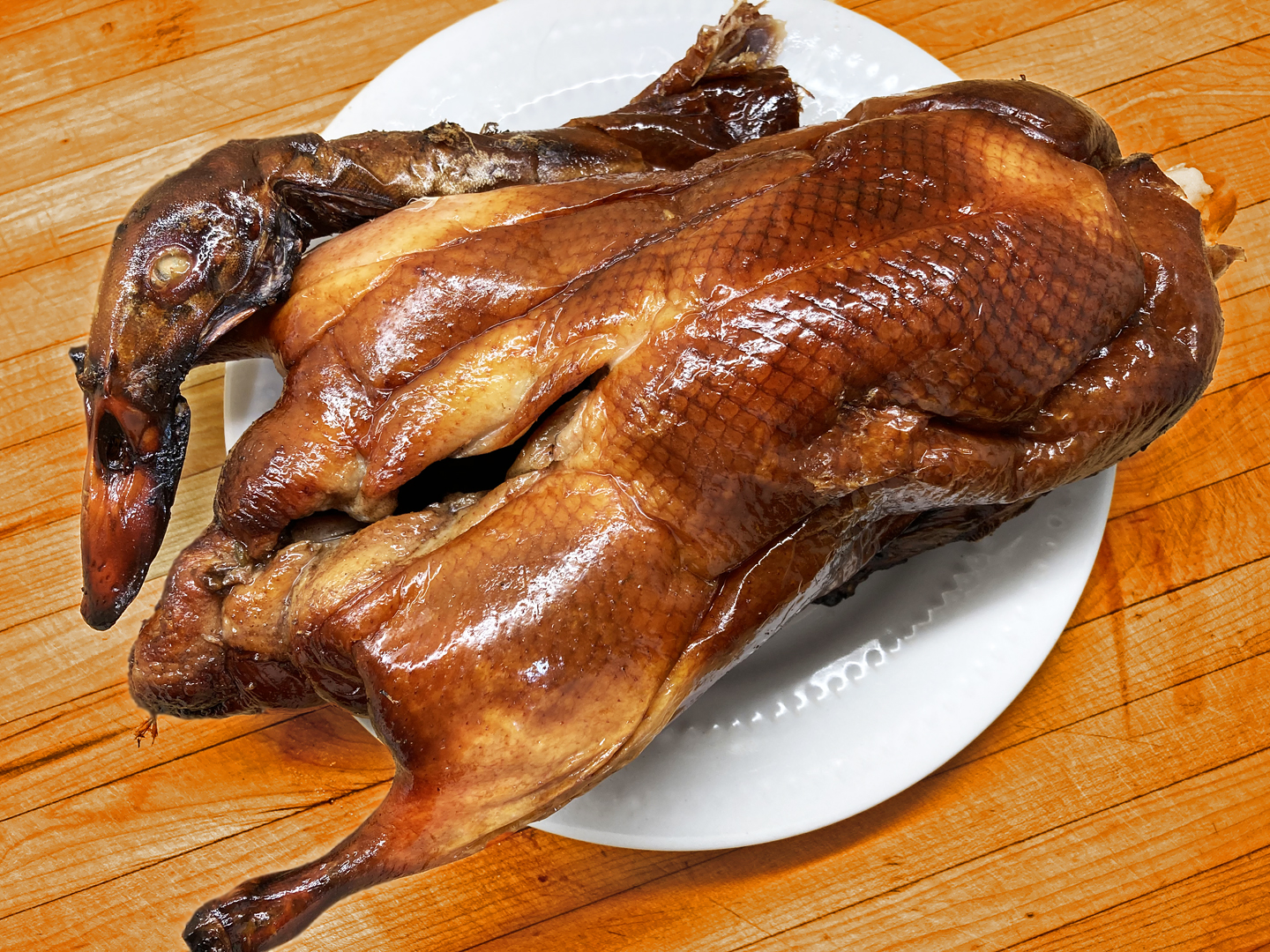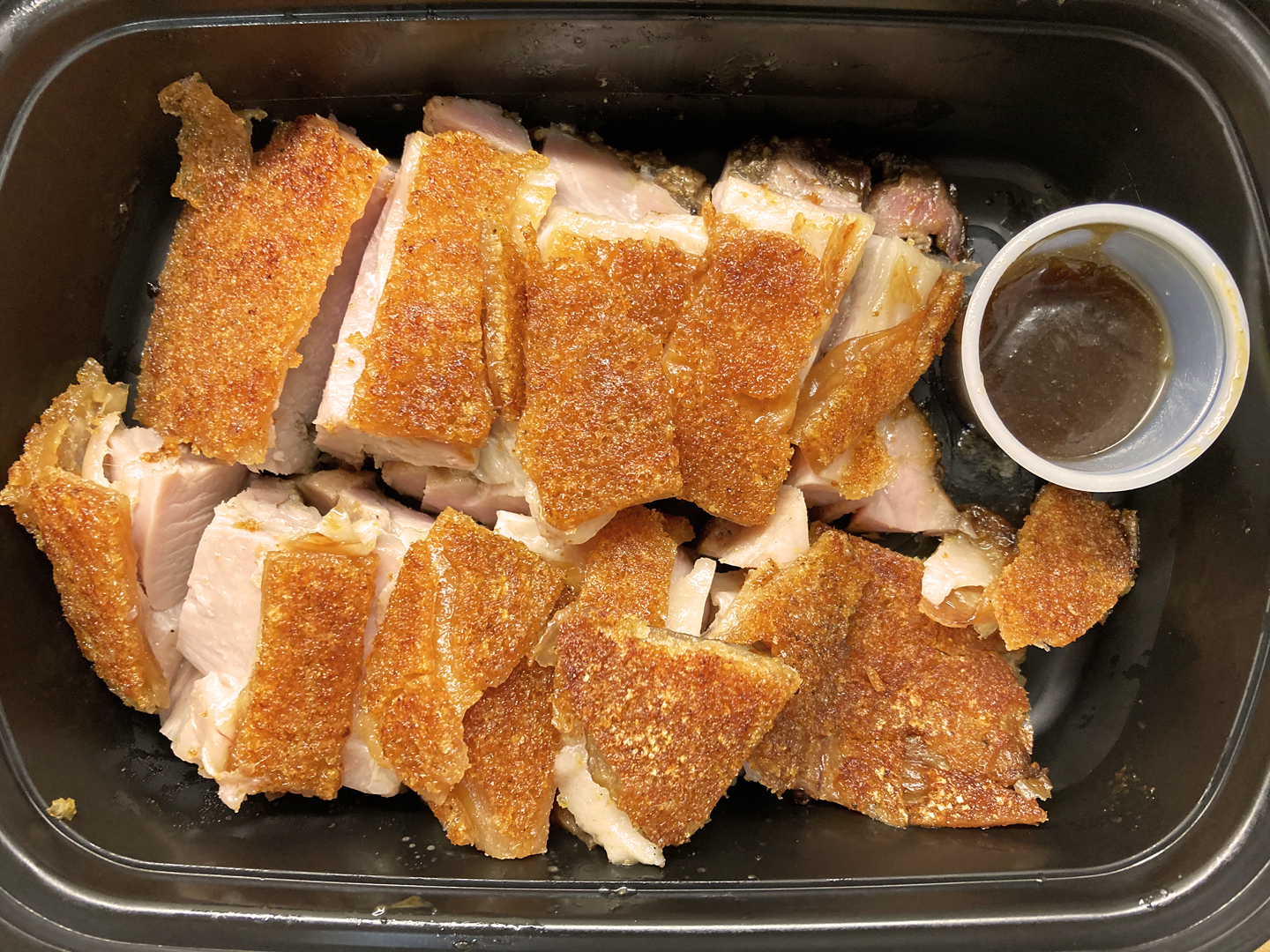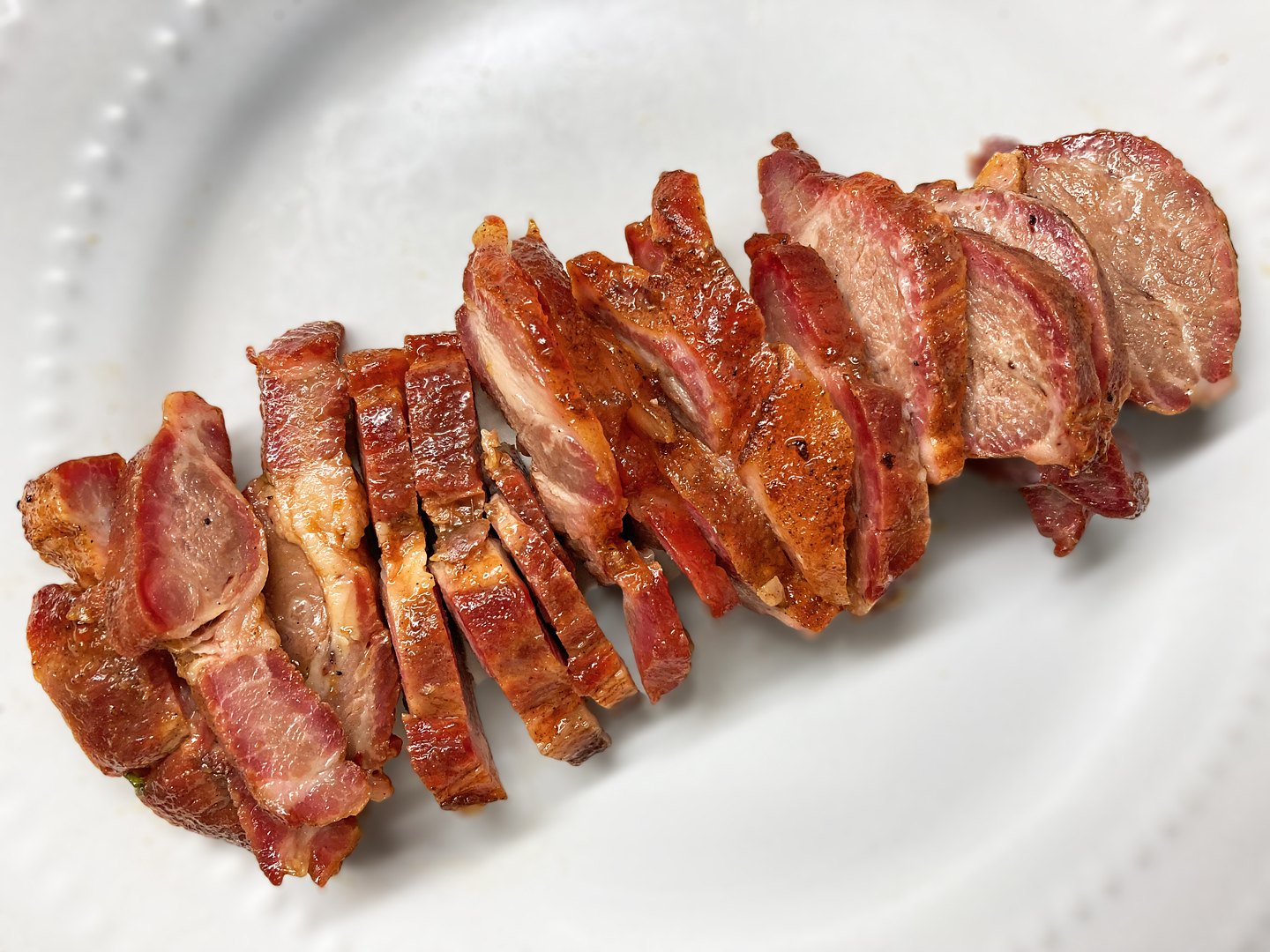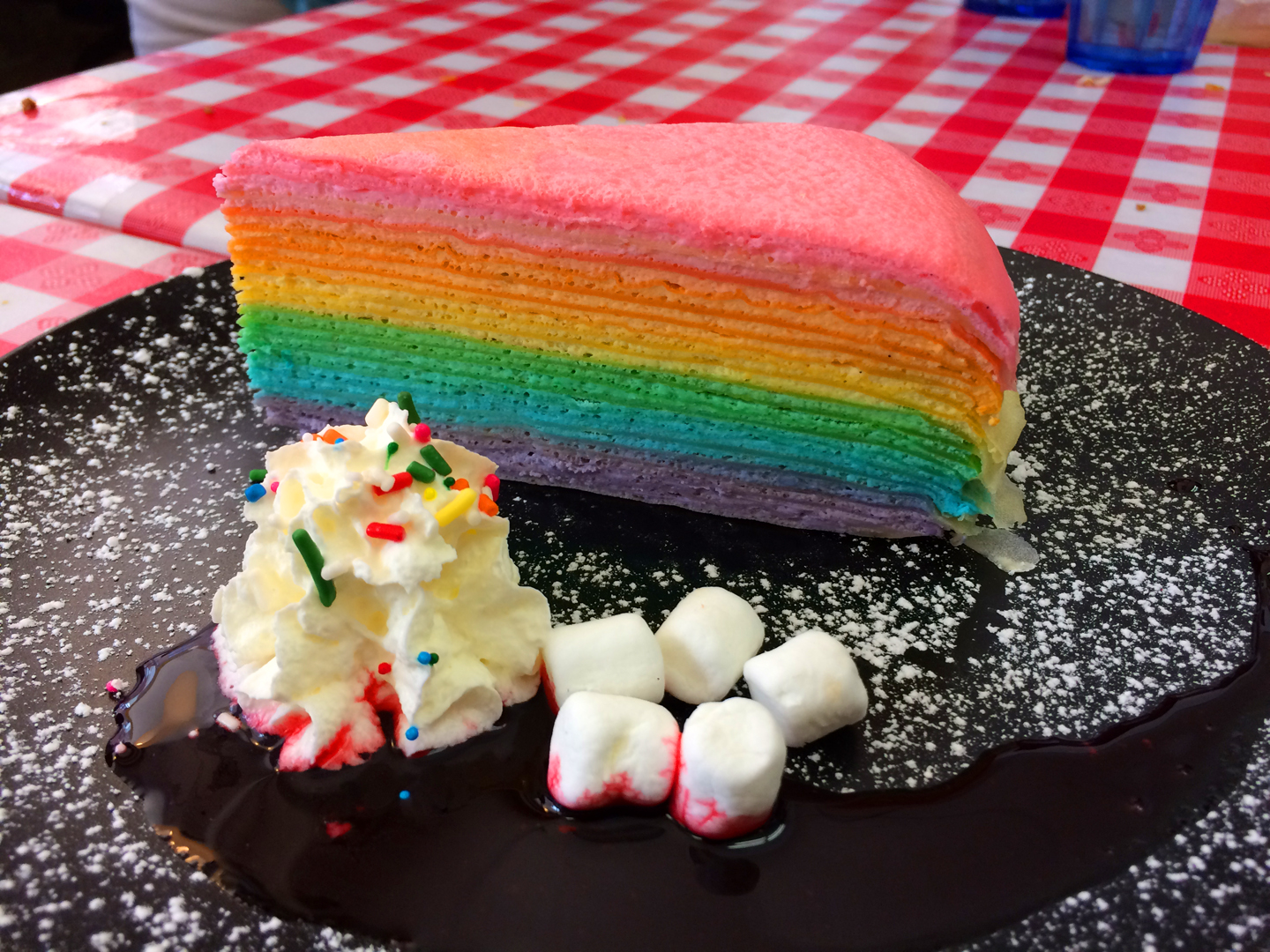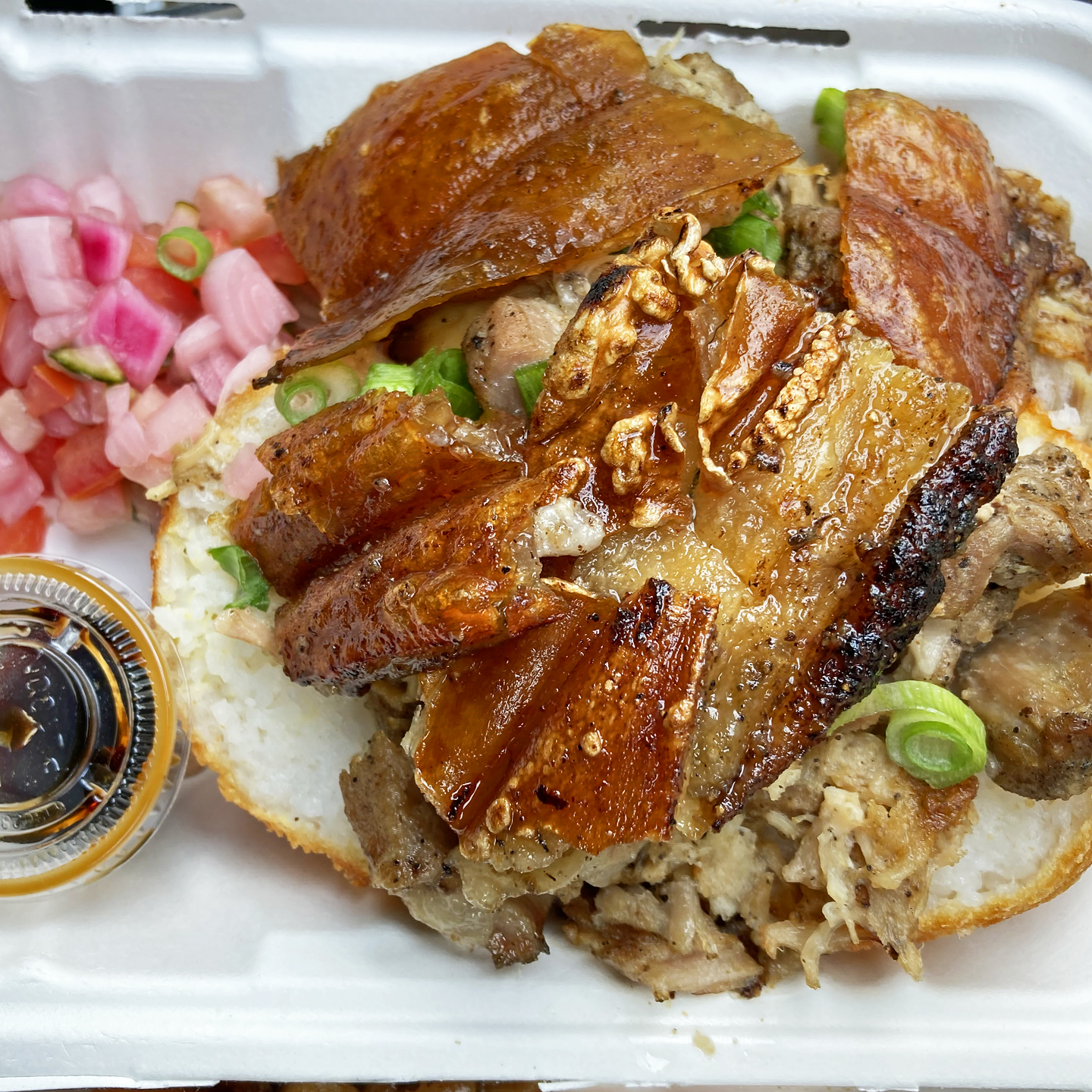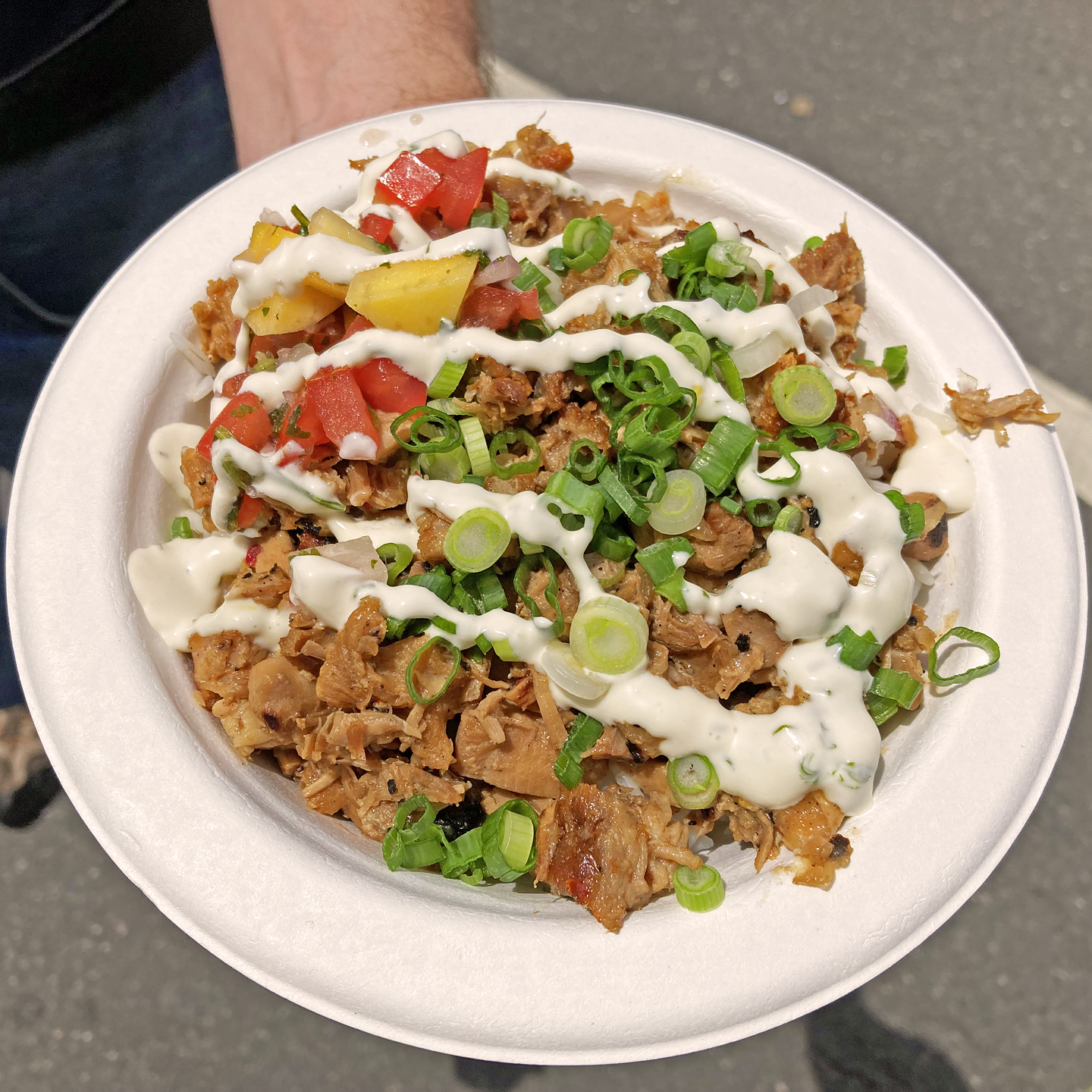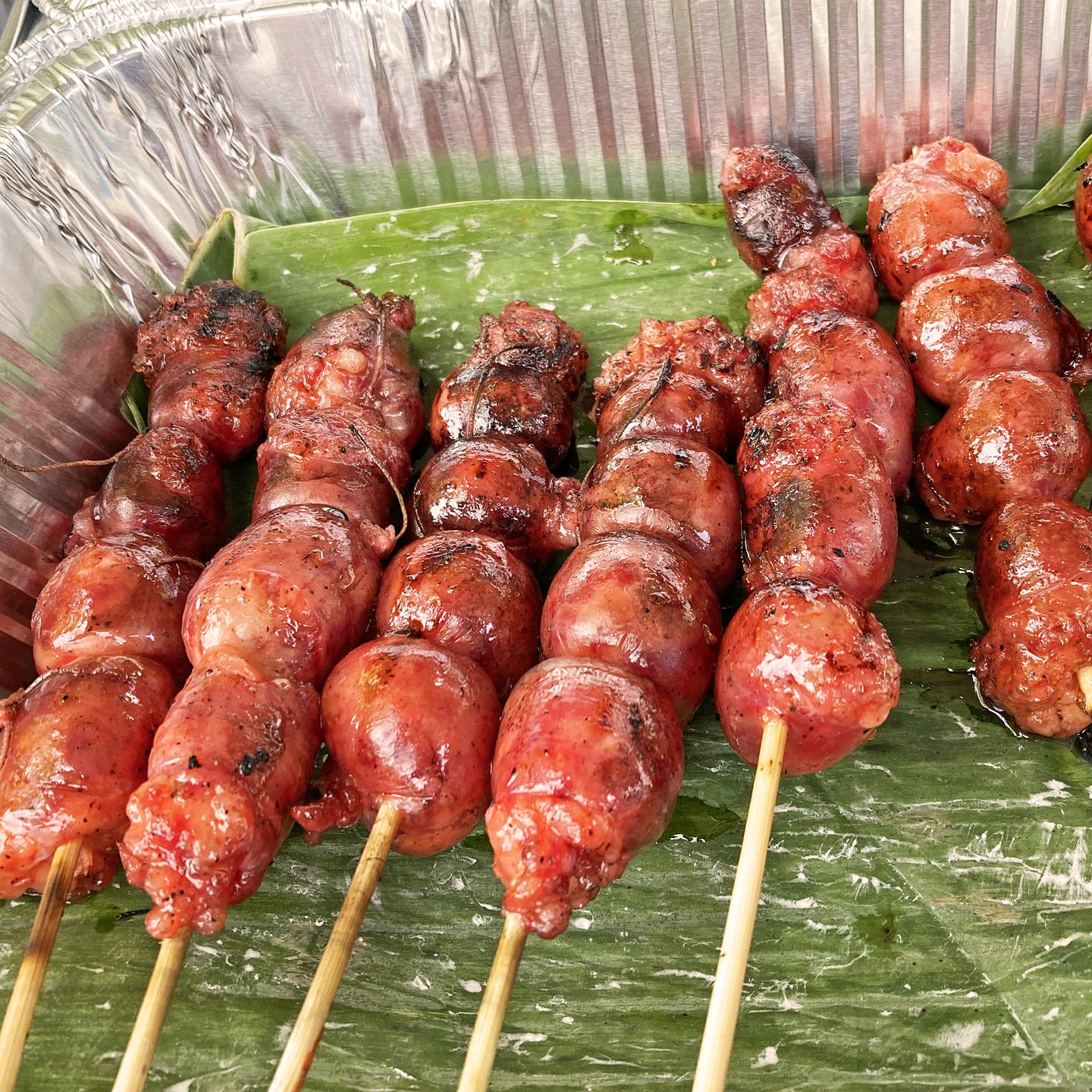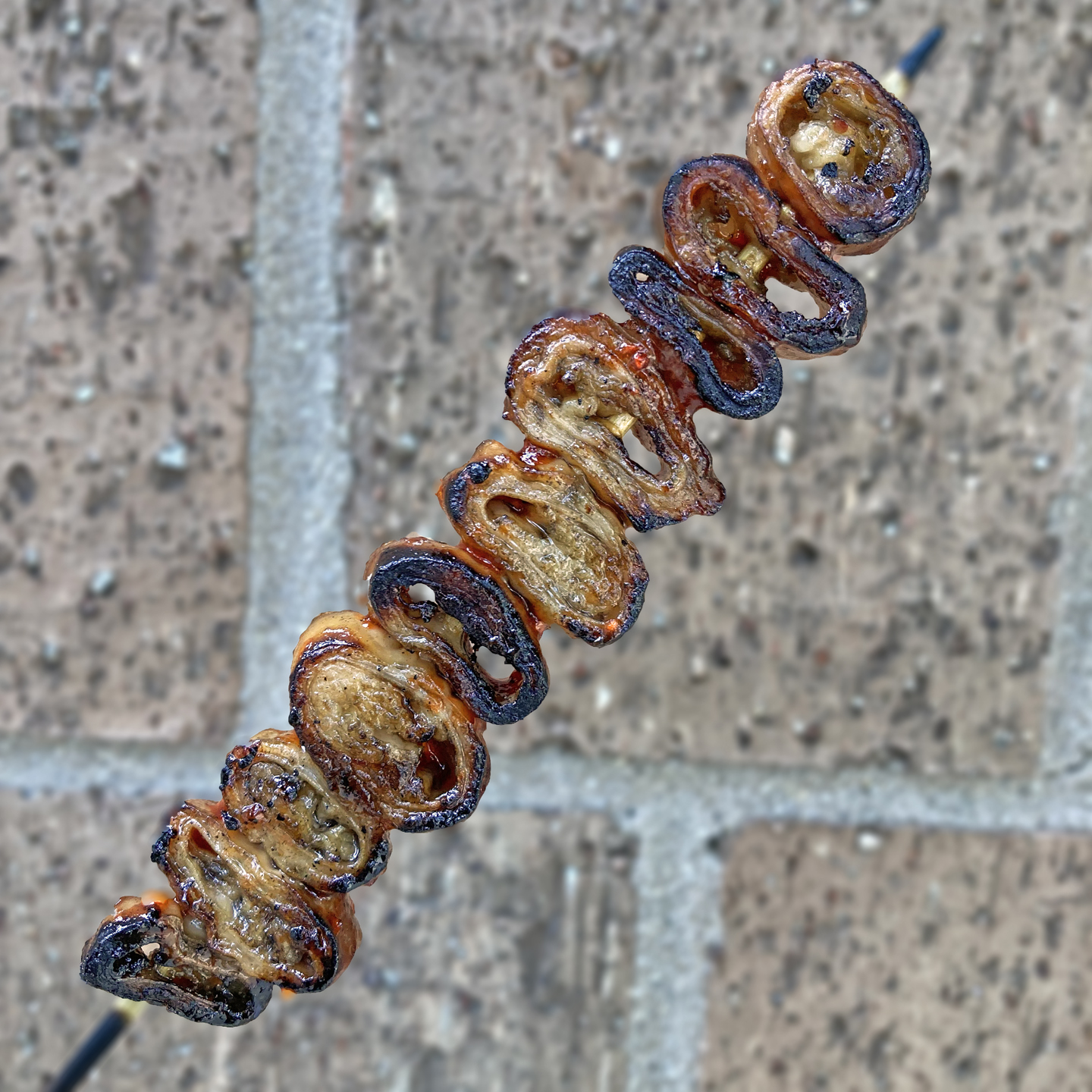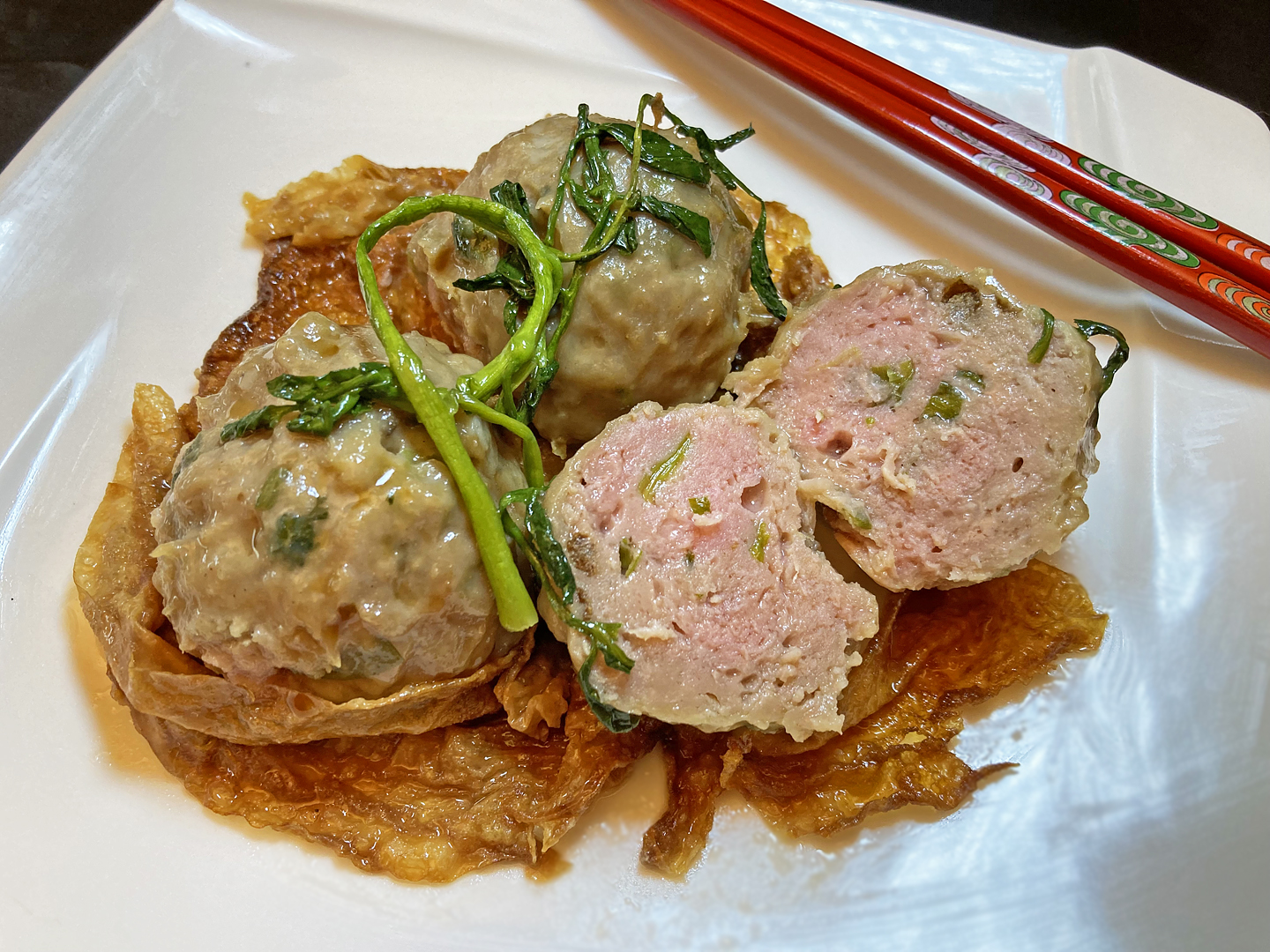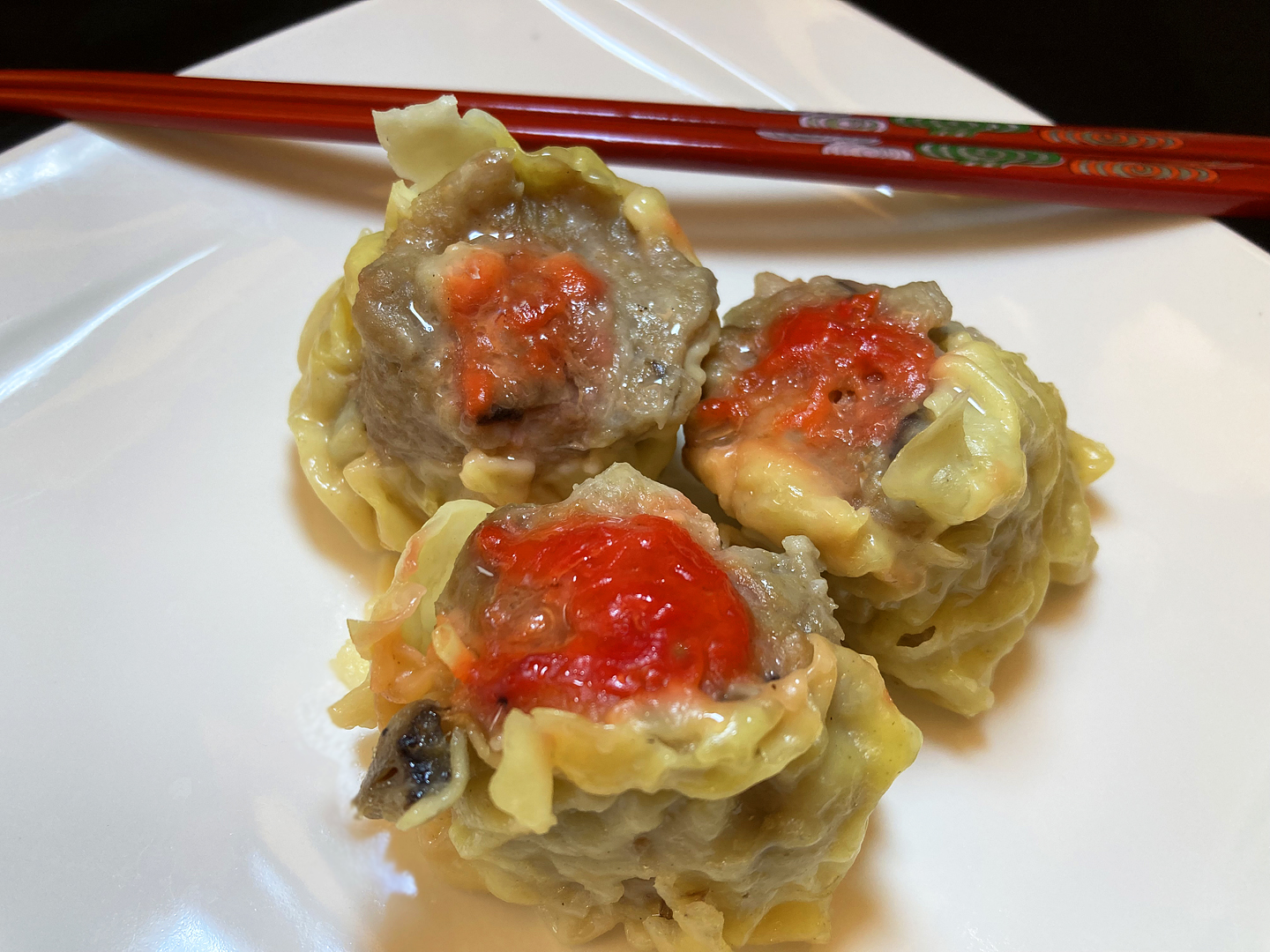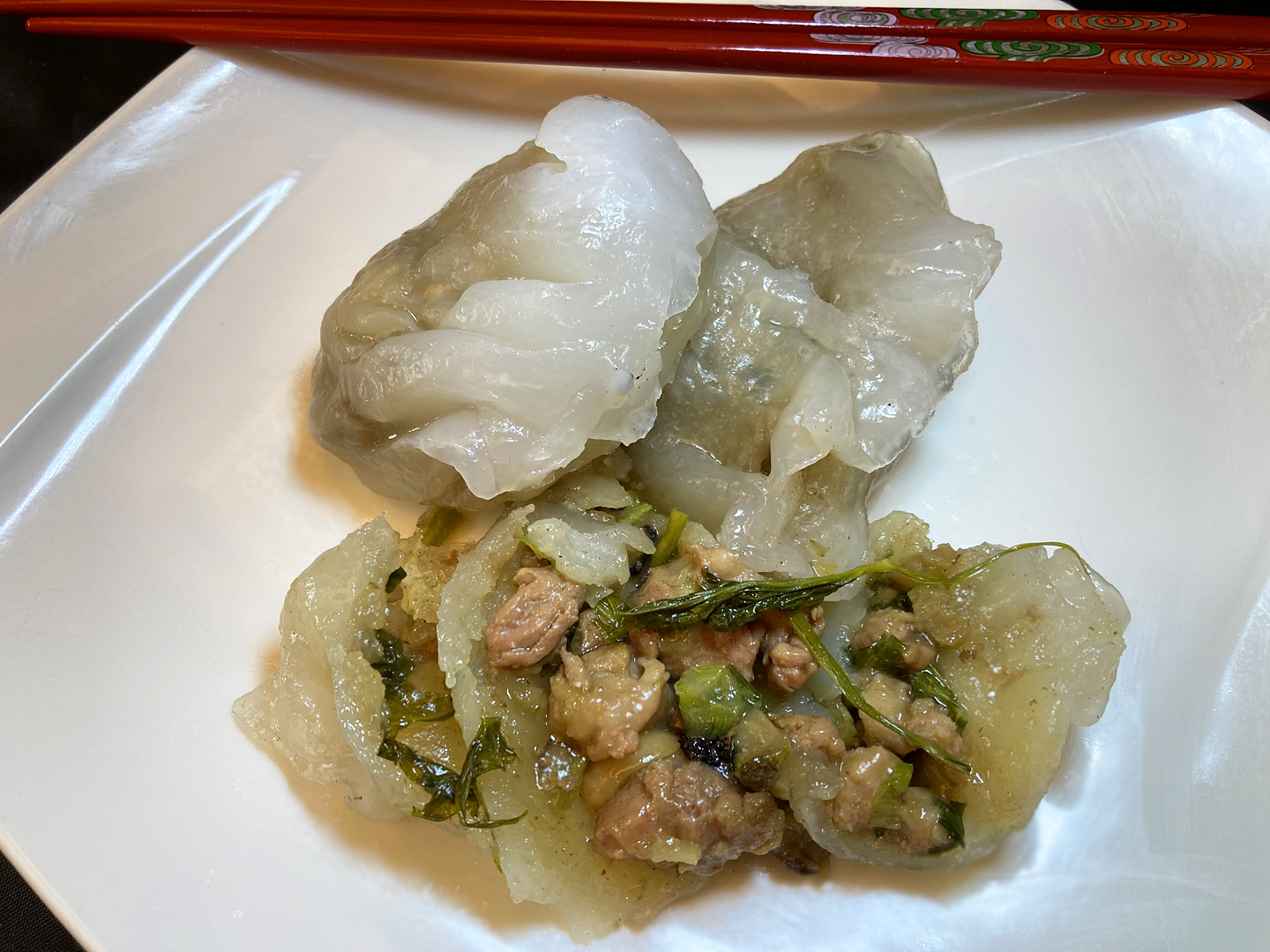Snacking in Flushing – The Best of the Best!
I resumed Exploring Eastern European Food in Little Odessa about a month ago and Ethnic Eats in Elmhurst more recently – now Flushing is stepping up to the plate! (And Bay Ridge is just around the corner.)
Ethnojunkets FAQ:
Q: What’s an ethnojunket anyway?
A: An ethnojunket is a food-focused walking tour through one of New York City’s many ethnic enclaves; my mission is to introduce you to some delicious, accessible, international treats that you’ve never tasted but soon will never be able to live without.
Q: Which neighborhoods do you cover?
A: My most popular tours are described on the ethnojunkets page but there are always new ones in the works. For the time being, I’m only scheduling Little Odessa, Elmhurst, and Flushing.
Q: When is your next ethnojunket to [fill in the blank: Flushing, Elmhurst, Little Odessa, Little Levant, etc.]?
A: Any day you’d like to go! Simply send me a note in the “Leave a Reply” section below or write to me directly at rich[at]ethnojunkie[dot]com and tell me when you’d like to experience a food adventure and which ethnojunket you’re interested in – I’ll bet we can find a mutually convenient day! (Pro Tip: Check the weather in advance for the day you’re interested in to facilitate making your choice; we spend a lot of time outdoors!)
Q: I’ve seen some tours that are scheduled in advance for particular dates. Do you do that?
A: Yes, in a way. When someone books a tour (unless it’s a private tour) it’s always fun to add a few more adventurous eaters to the group – not to mention the fact that we get the opportunity to taste more dishes when we have more people (although I do like to keep the group size small). You can see if there are any openings available in the “Now Boarding” section of the ethnojunkets page. Subscribers always get email notifications about these.
Q: What will we be eating in Flushing?
A: On this ethnojunket, we’ll choose from a seemingly endless collection of authentic regional delights from all over China: Heilongjiang, Shandong, Henan, Shanghai, Shaanxi, Guangzhou, Hubei, the Xinjiang Uyghur Autonomous Region, and Japan and Taiwan as well. And as if that weren’t enough, we’ll finish with some amazingly rich Chinese influenced American ice cream! If you’re into cooking, we can also check out JMart, a sprawling Asian supermarket. All this within four blocks!
Here are just a few of the delicacies we usually enjoy on this ethnojunket. (Not that I’m trying to tempt you to sign up! 😉)
(Click on any image to view it in mouth-watering high resolution.)
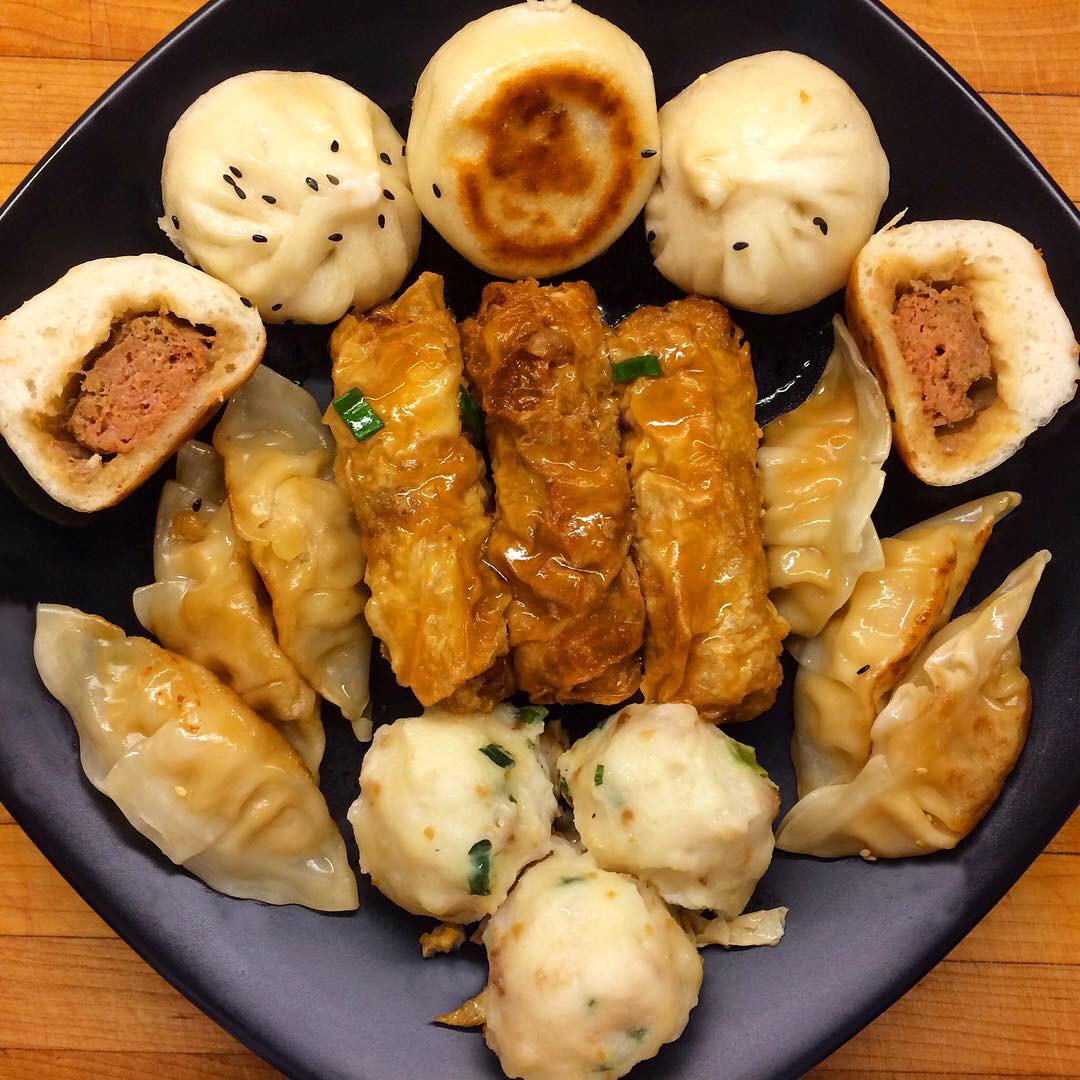
Dim Sum and Dumplings and Buns – oh my!
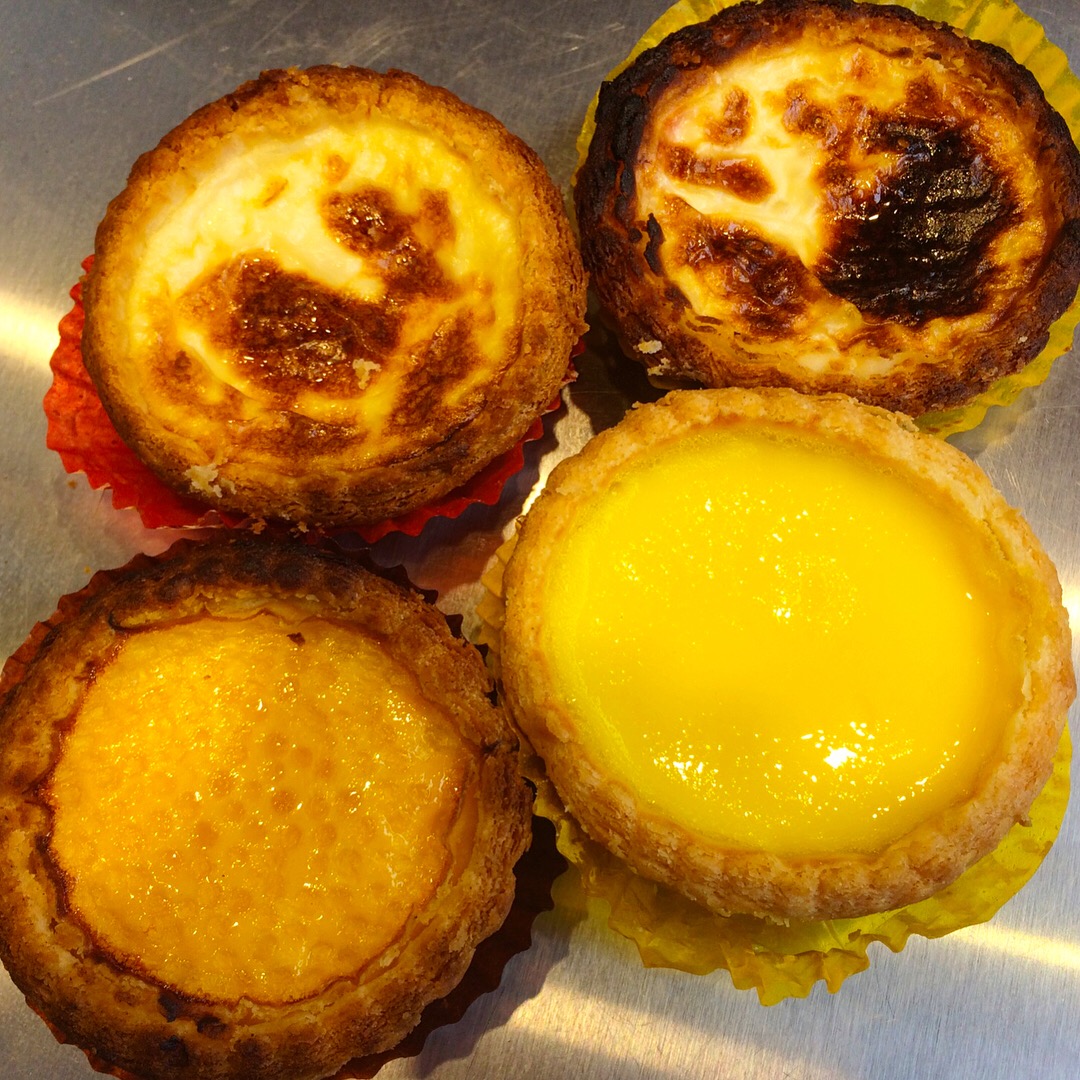
Dan Tat – Hong Kong Egg Custard Tarts
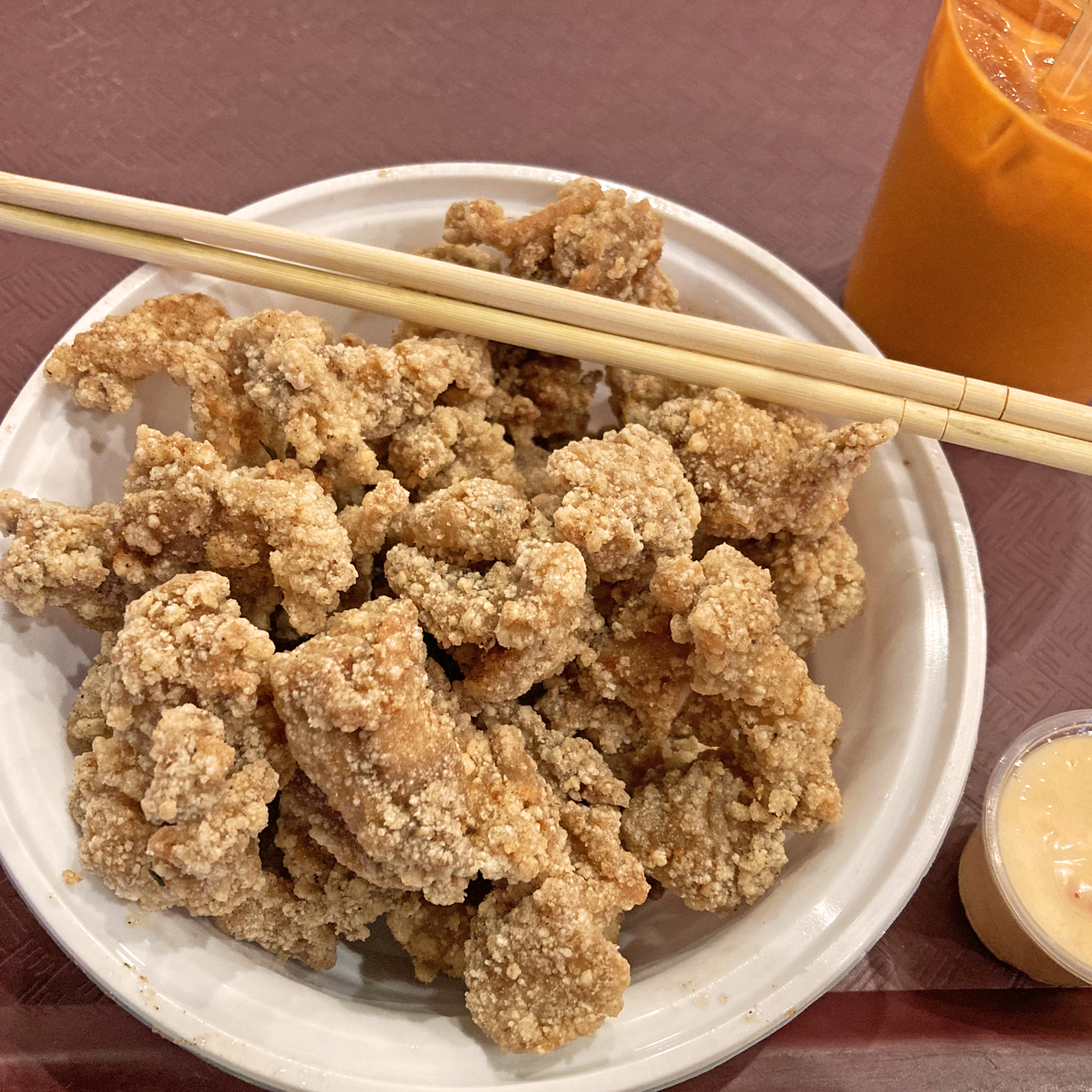
Taiwanese Popcorn Chicken
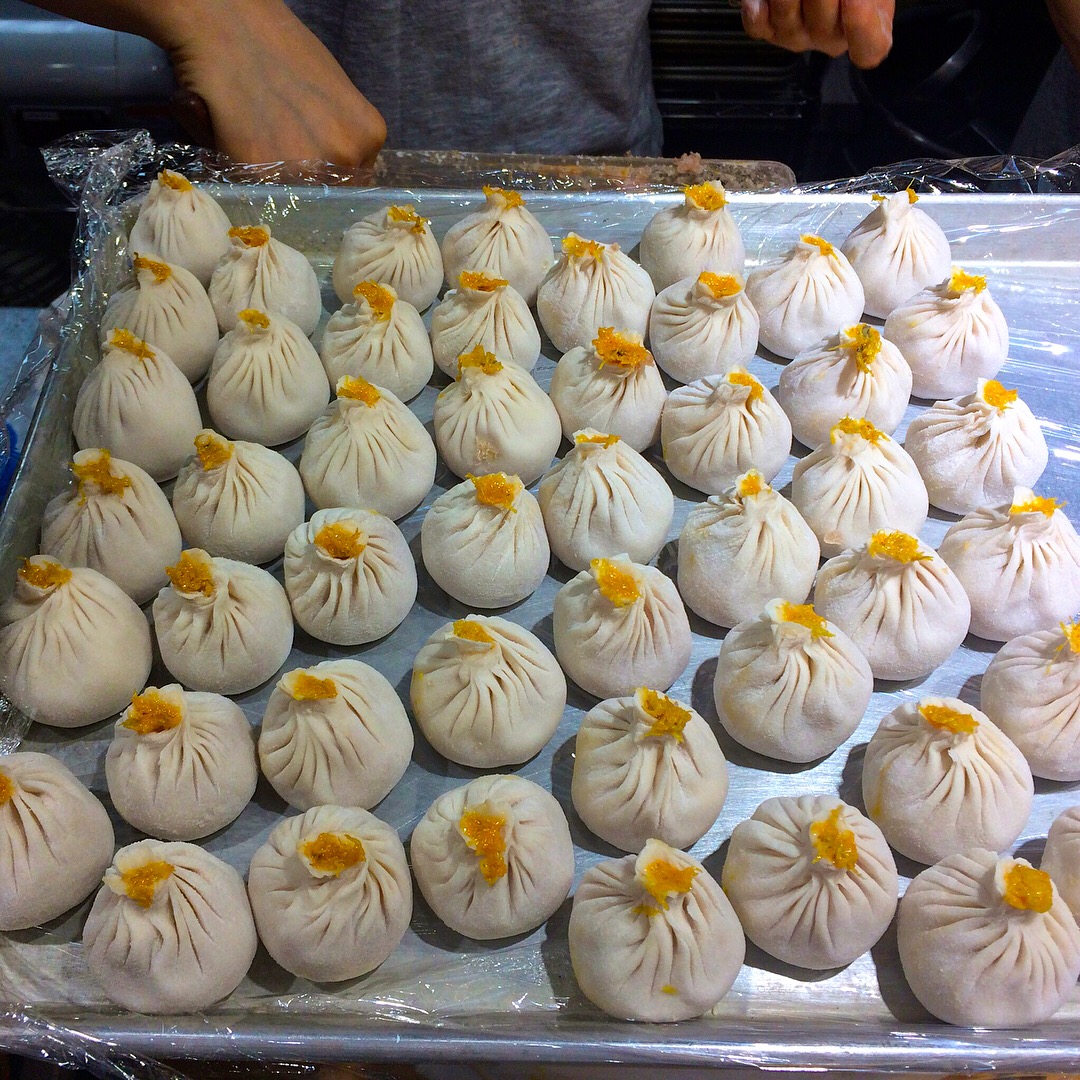
Xiao Long Bao – Soup Dumplings
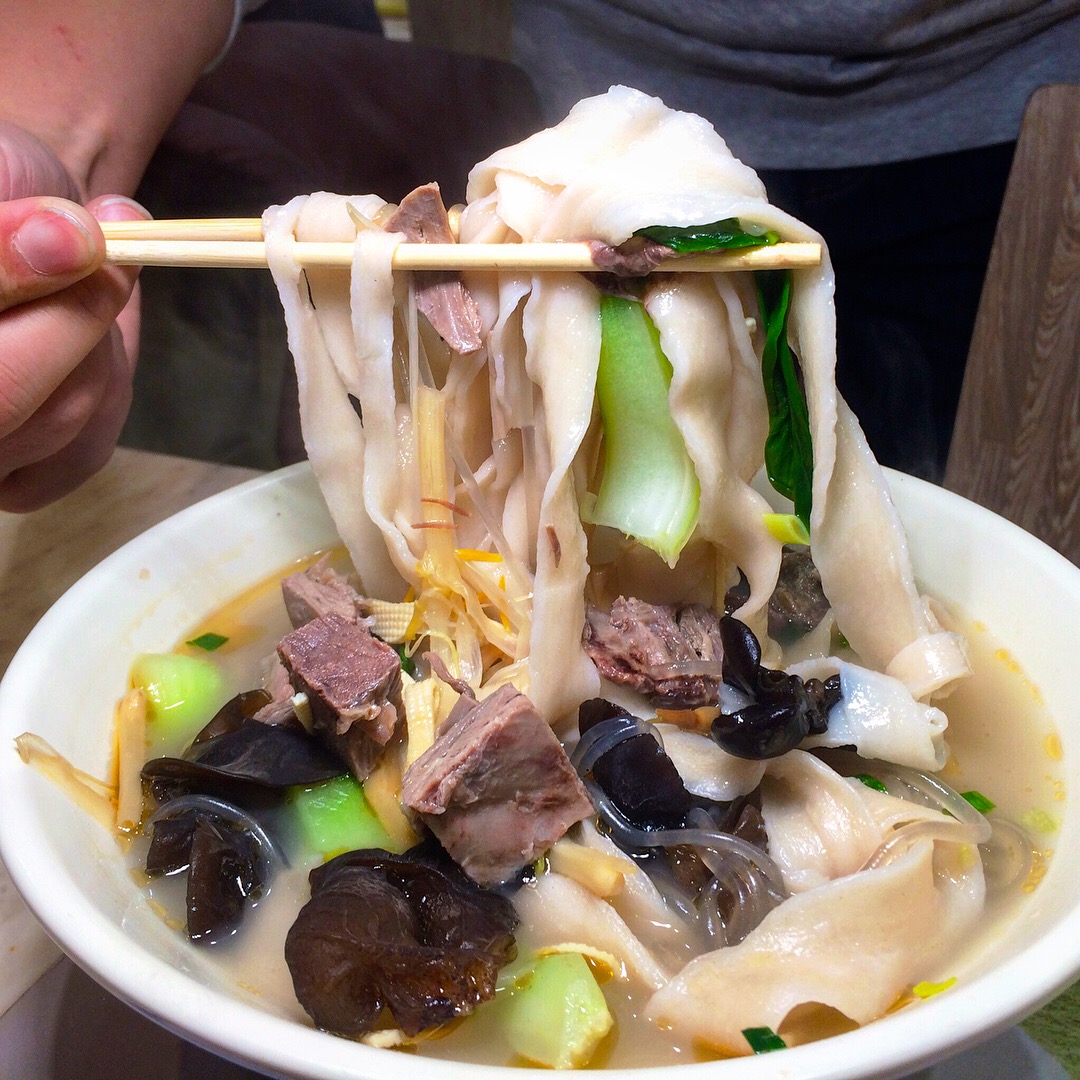
Oodles of Noodles
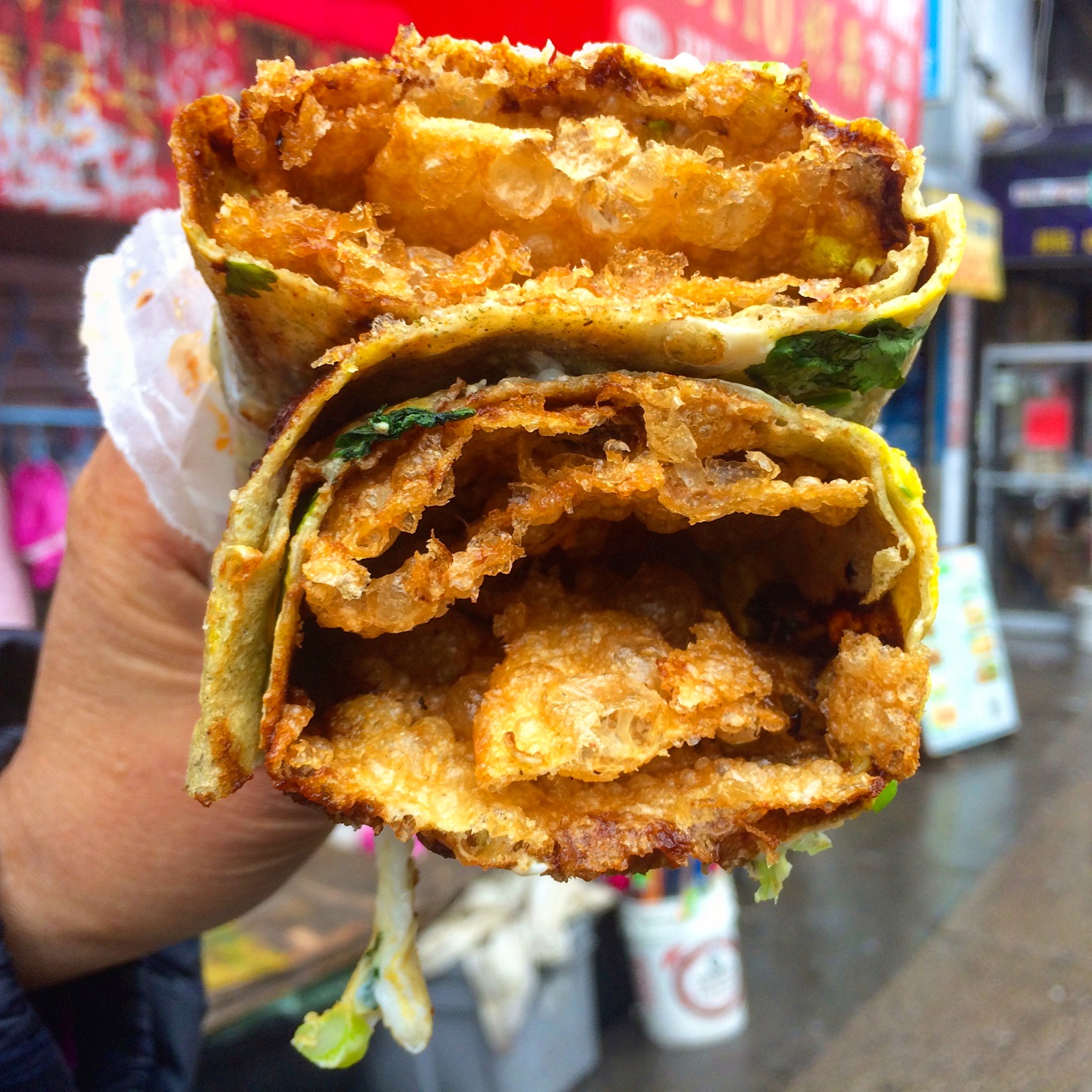
Jian Bing – Chinese Crepe
I hope you’ll sign up and join us! The cost is $85 per person (cash only, please) and includes a veritable cornucopia of food so bring your appetite: you won’t leave hungry, and you will leave happy!
For more information and to sign up, send me a note in the “Leave a Reply” section at the bottom of this page or write to me directly at rich[at]ethnojunkie[dot]com and I’ll email you with details.
I’m looking forward to introducing you to one of my favorite neighborhoods!
